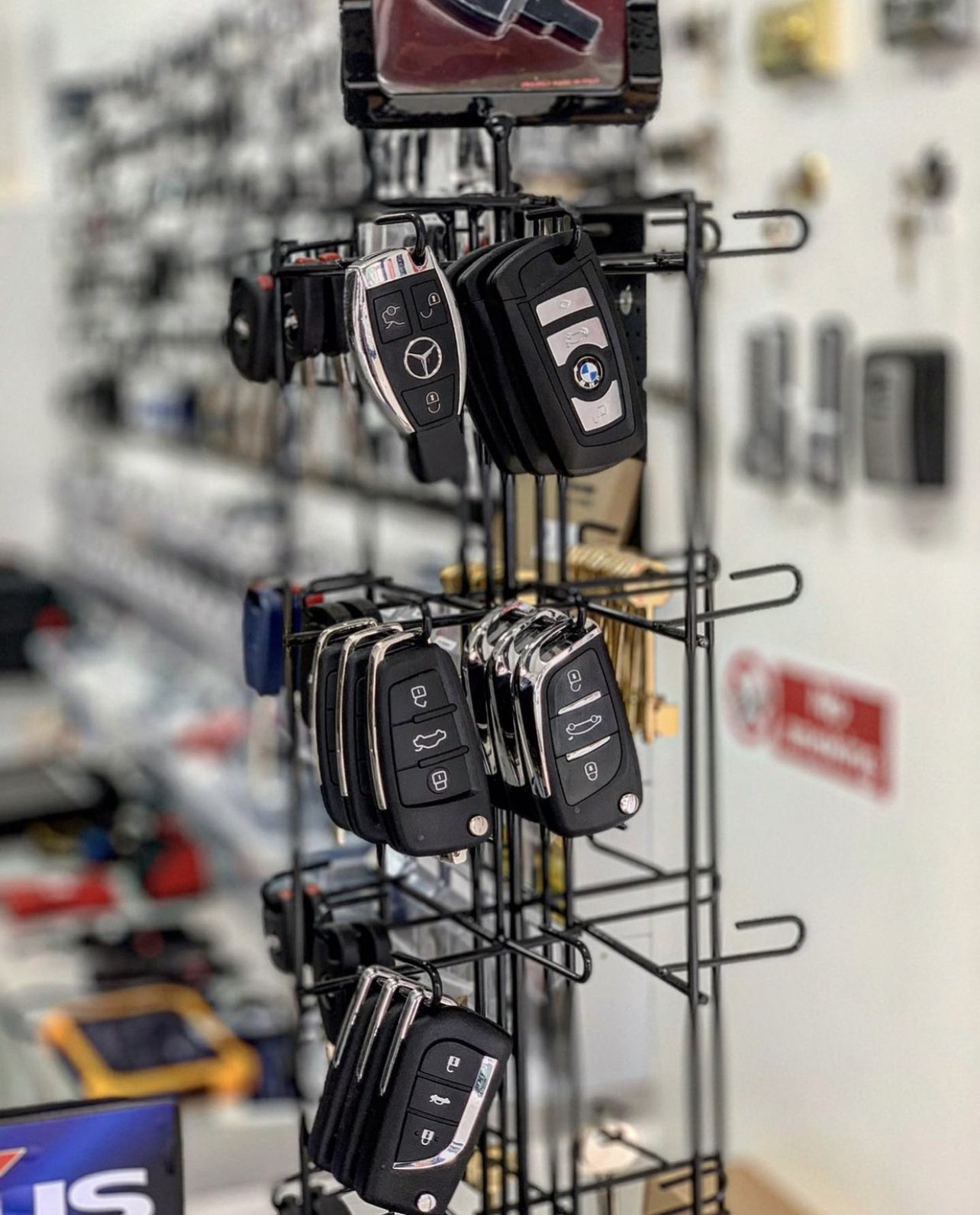One Broken Key Repair Success Story You'll Never Imagine

Broken Key Repair: Solutions for Common Lock Issues
Introduction
Keys are necessary tools in our day-to-day lives, enabling us to secure our homes, automobiles, and personal possessions. However, they can likewise break, resulting in frustrations and inconveniences. Understanding how to address broken key issues is important for anybody wishing to preserve their locks and make sure access to their home. This article covers various elements of broken key repair, including typical causes, repair techniques, and preventive procedures to avoid future circumstances.
Typical Causes of Broken Keys
Keys can break for several reasons. Understanding these causes can help in avoiding future incidents:
- Wear and Tear: Over time, keys can use down due to regular usage, causing weakened shafts that are most likely to break.
- Poor Key Design: Keys that are badly developed may lack structural integrity, making them more vulnerable to breaking under tension.
- Incorrect Key Usage: Using extreme force to turn a key, especially in a jammed lock, can quickly result in a damage.
- Environmental Factors: Extreme temperature levels or direct exposure to moisture can weaken metal keys, causing brittleness.
- Lock Malfunctions: A malfunctioning lock can position undue tension on a key, triggering it to snap throughout operation.
Indications of a Broken Key
Determining a broken key typically includes apparent signs. Here are some signs:
- Partial insertion into the lock: If the key can not be completely inserted or gotten rid of.
- Unexpected resistance: If the key feels stuck when being turned.
- Noticeable divides or fractures: Inspecting the key can expose cracks or breaks in the metal.
- Insufficient engagement: The key may turn less than needed to actuate the lock.
Methods for Broken Key Repair
When faced with a broken key, there are several approaches to consider for repair. It is necessary to pick the right one based upon your specific circumstance.
1. Remove the Broken Key
If a key breaks within a lock, the very first action is to eliminate the broken portion:
- Use tweezers or needle-nose pliers: If a piece is protruding of the lock, carefully pull it out.
- Insert a key extractor tool: This specialized tool can assist extract lodged parts better.
| Tool | Best Used For |
|---|---|
| Tweezers | Shallow extraction |
| Key extractor tool | Deeply lodged key pieces |
| Lube spray | Reducing extraction of stuck parts |
2. Superglue Method
For circumstances where a key has actually partially broken but is intact enough to stay grasped, the superglue technique might provide a short-lived fix.
- Clean the broken surfaces completely.
- Apply a thin layer of superglue.
- Hold the pieces together for a couple of minutes up until the glue sets.
Keep in mind: This approach is not an irreversible service and needs to be used with caution as the repair can quickly fail under functional tension.
3. Metal Epoxy
For a more robust repair, metal epoxy supplies a stronger bond than superglue.
- Follow the directions on the epoxy product packaging for preparing the adhesive.
- Apply to the broken location and hold until set (normally a couple of hours).
4. Duplicate the Key
In circumstances where lock functionality is necessary, creating a duplicate key is often the very best route:
- Visit a locksmith: Many locksmith professionals can reproduce keys rapidly and efficiently.
- Use a key-tracing service: Some locksmiths utilize tracing techniques to cut a similar key based on the remnants.
5. Lock Replacement
When keys consistently break, it may be because of lock problems instead of key stability. In such cases:
- Consult a locksmith to evaluate the lock's condition.
- Consider changing the lock completely if considerable damage or wear is apparent.
Avoiding Key Breakage
Avoiding key damage is often much better than repair. Here are some useful pointers:
- Limit force on keys: Always turn keys carefully to avoid unnecessary tension.
- Routine key inspection: Check for wear and change keys showing indications of damage.
- Use a keychain: Prevent extreme bending by utilizing a strong keychain.
- Lube locks: Ensure locks run efficiently to reduce pressure on keys.
- Shop keys properly: Avoid putting keys in environments that can trigger rust or corrosion.
FAQs About Broken Key Repair
1. Can I repair a broken key myself?
Yes, you can try to repair a broken key yourself utilizing approaches like the superglue or metal epoxy techniques. Nevertheless, Read Far more are temporary fixes, and it is a good idea to speak with a professional locksmith for a more durable service.
2. Is it worth repairing a broken key?
Sometimes, especially with emotional or unique keys, a repair may be worth it. For basic keys, duplication or replacement is normally more reliable and trustworthy.
3. How can I prevent my keys from breaking?
To prevent damage, make sure that keys are not subjected to extreme force, frequently check them for wear, and keep locks properly maintained.
4. When should I look for a locksmith's aid?
If you are unable to get rid of a broken key from a lock or if the lock malfunctions often, it's best to look for a locksmith's knowledge.
Broken keys can provide a significant trouble, but they are manageable with the right approach. By comprehending the typical causes and readily available repair methods, individuals can respond effectively to key damage. Drawing from preventive steps will likewise help maintain key stability and functionality. Ultimately, a proactive method to key and lock maintenance can significantly reduce the frequency of these annoying concerns.

